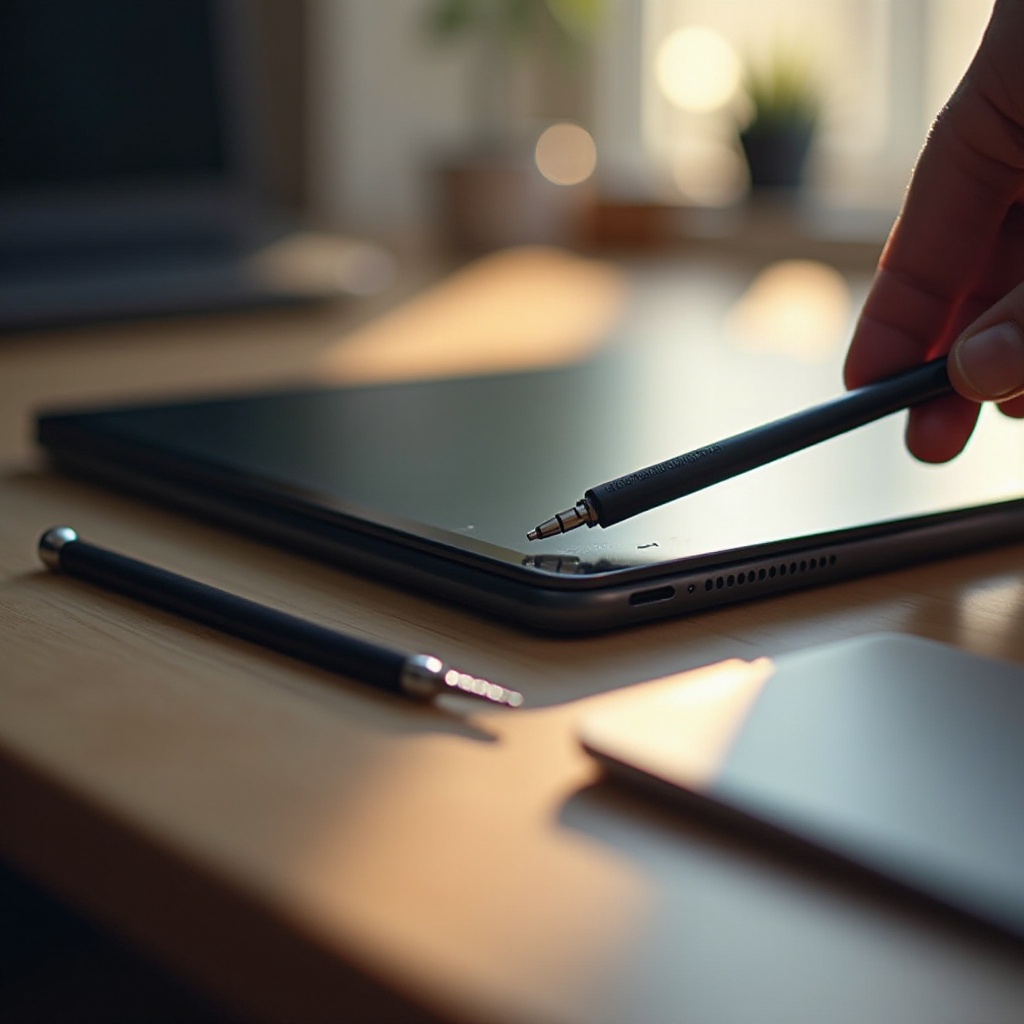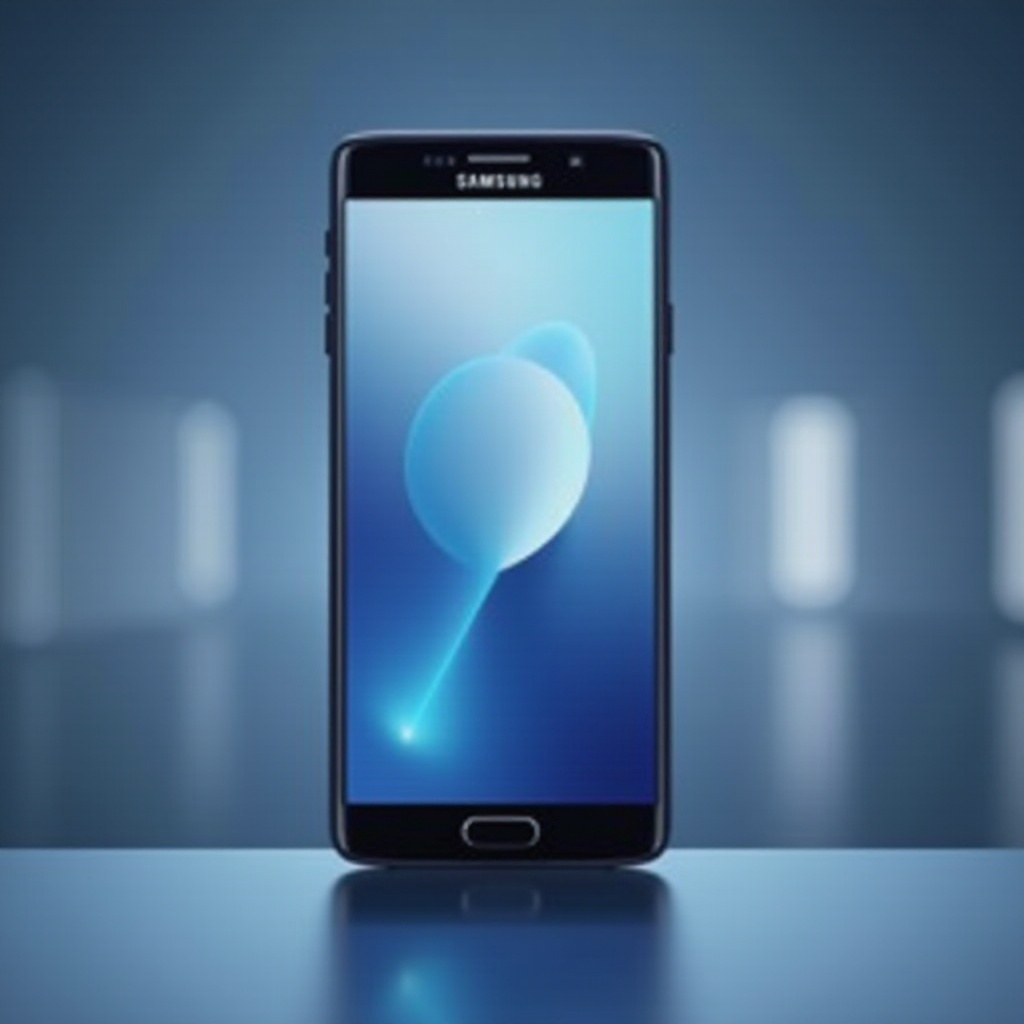Introduction
Experiencing issues with your MacBook Air not charging via USB-C can be incredibly frustrating and disruptive to your workflow. Charging problems are not uncommon, and they may arise from various causes, ranging from minor hiccups to more significant malfunctions. Understanding how to troubleshoot these issues can help you resolve problems efficiently. In this guide, we’ll delve into how USB-C charging works on your MacBook Air, identify common problems, and provide detailed troubleshooting steps so you can address charging issues effectively and know when you might need professional help.
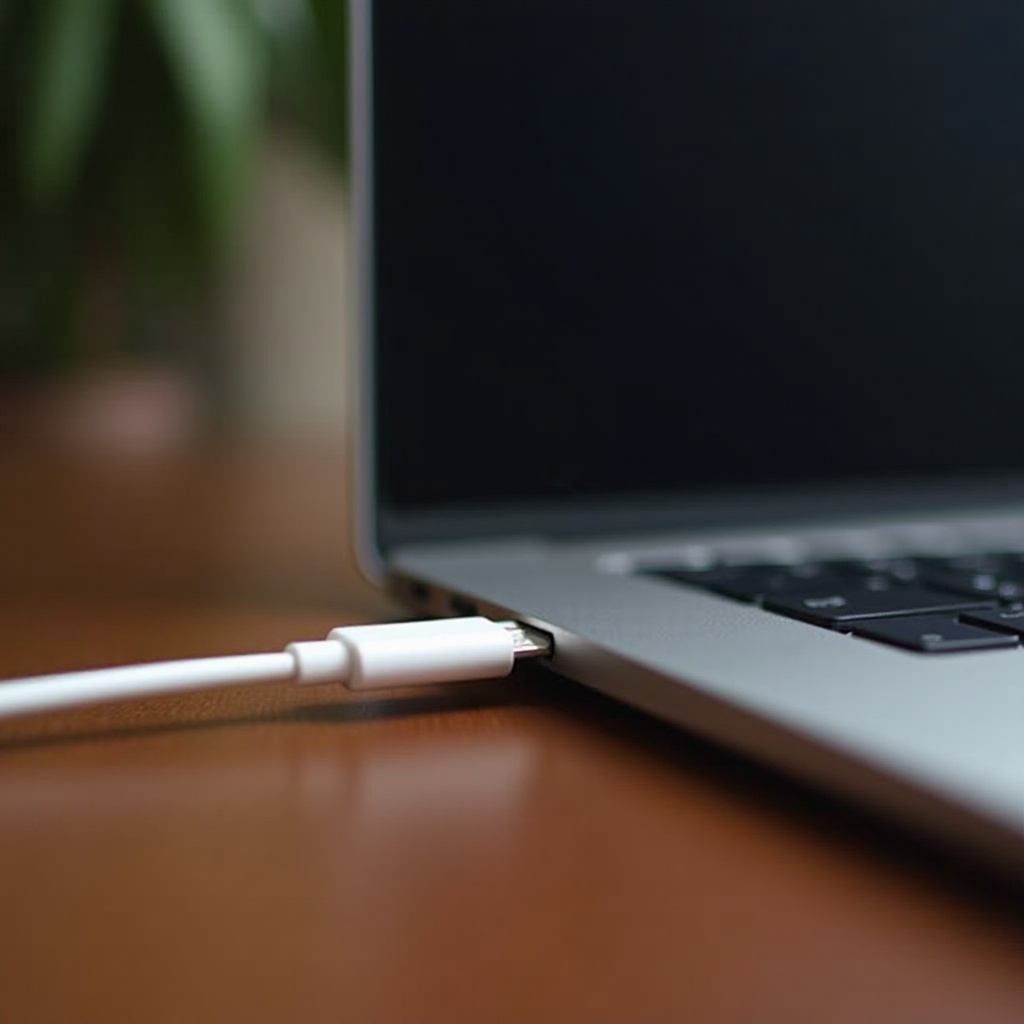
Understanding USB-C Charging on MacBook Air
USB-C has become the standard for charging modern devices, including the MacBook Air, due to its versatility. It allows for quicker data transfer and faster charging while delivering higher power levels than previous USB versions. However, with these benefits come unique challenges that can occasionally arise. The MacBook Air’s USB-C port is designed to seamlessly transfer power and data, and understanding this process can help you pinpoint where issues may occur and how to solve them efficiently.
Common Causes of USB-C Charging Issues
If your MacBook Air isn’t charging correctly via USB-C, identifying the root cause can facilitate a more efficient solution. Here are some frequent contributors to charging problems:
-
Faulty Charger or Cable: One of the most common reasons for charging issues is a malfunctioning charger or cable. Even minor damage can significantly hinder the charging process.
-
Port Blockage: Dust or debris inside the USB-C port can interfere with the connection between the cable and the MacBook Air, preventing charging.
-
Software Glitches: Sometimes, the root of the issue isn’t physical but due to software bugs or an outdated macOS version.
-
Battery Health: The condition of your MacBook Air’s battery can also impact its charging capability.
These causes are crucial in determining the direction for troubleshooting to rectify the charging issues that you face.
Troubleshooting Steps to Fix Charging Problems
To resolve USB-C charging issues with your MacBook Air, follow these comprehensive troubleshooting steps:
Verify Charger and Cable Integrity
-
Inspect for Damage: Carefully check your charger and cable for visible damage, such as exposed wires or bent connectors.
-
Test Another Cable/Charger: Try a different USB-C cable or charger that is known to be functional with your device.
-
Check the Power Source: Ensure that the power outlet or power strip is working correctly by testing it with another device.
Reset the SMC (System Management Controller)
Resetting the SMC can frequently resolve power-related issues on a MacBook Air:
-
Shut Down Your MacBook Air: Completely power off your device.
-
Connect the Charger: Attach your USB-C charger to your MacBook Air.
-
Perform SMC Reset: Simultaneously press and hold the Shift, Control, and Option keys on the left side of the built-in keyboard, then press the power button. Hold all keys for 10 seconds.
-
Restart: Release all keys and the power button, then press the power button again to turn on your MacBook Air.
Update macOS and Battery Settings
-
Check for Software Updates: Access the Apple menu, select ‘System Preferences,’ then ‘Software Update’ to ensure you have the latest macOS version.
-
Review Battery Settings: Navigate to ‘System Preferences’ > ‘Battery’ to verify settings that might impact charging, such as Energy Saver configurations.
Implementing these troubleshooting steps can often resolve the charging issues. Yet, there are times when further action is necessary.
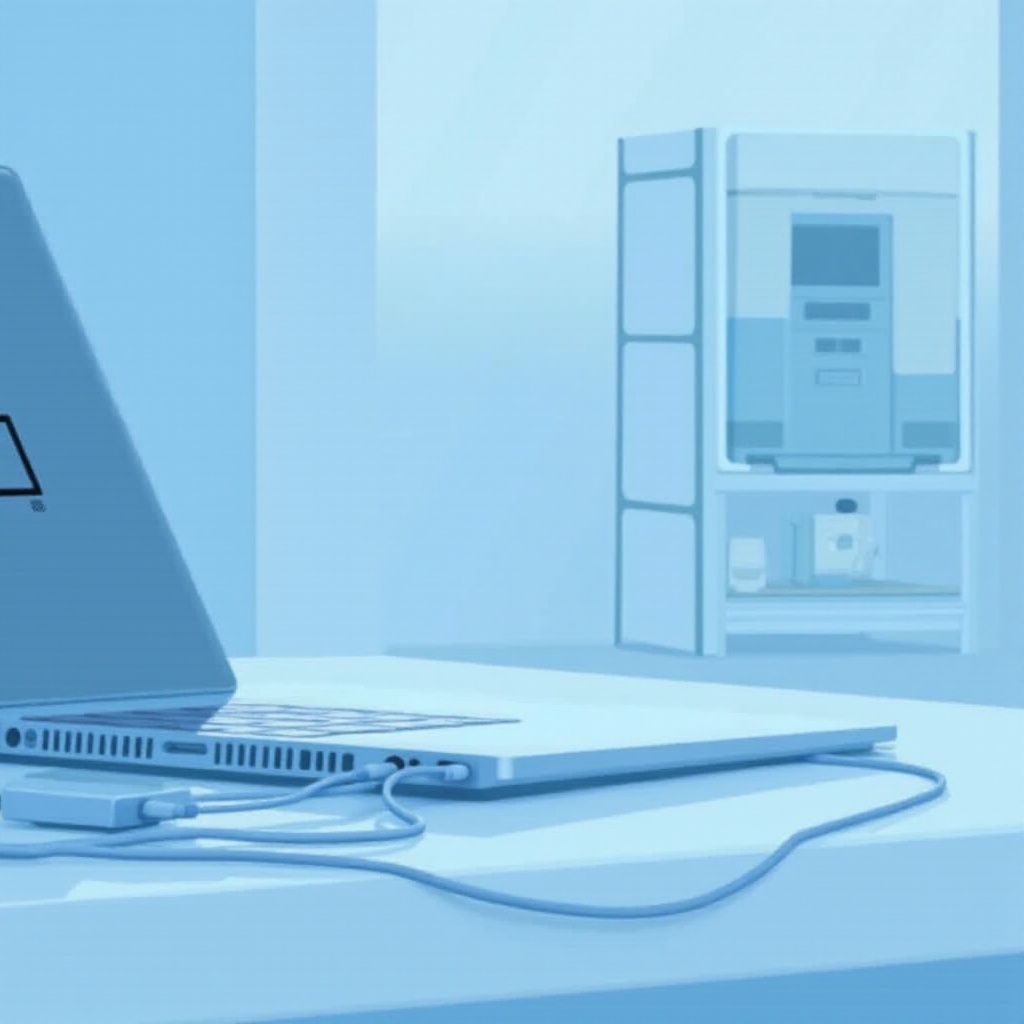
When to Seek Professional Assistance
If the troubleshooting steps above don’t solve the charging problem, it’s likely time to seek professional help. Consider contacting Apple Support or visiting an authorized service provider in circumstances such as:
- There is visible physical damage to the USB-C port.
- The battery refuses to charge even with confirmed, functioning chargers and cables.
- Frequent power-related errors persist despite having the latest macOS.
Expert assistance ensures that persistent issues are resolved using the right tools and expertise.
Preventive Measures for Future Charging Issues
Prevention is preferable to repair. To minimize future charging problems with your MacBook Air, consider these measures:
-
Regular Cleaning: Use a dry, soft brush to keep the USB-C port clean and free of debris.
-
Quality Accessories: Opt for high-quality, certified USB-C cables and chargers for your MacBook Air.
-
Routine Software Updates: Keep your macOS and related software up-to-date to reduce the risk of software-induced charging problems.
By adopting these practices, you can extend the life of your MacBook Air and enhance its charging reliability.
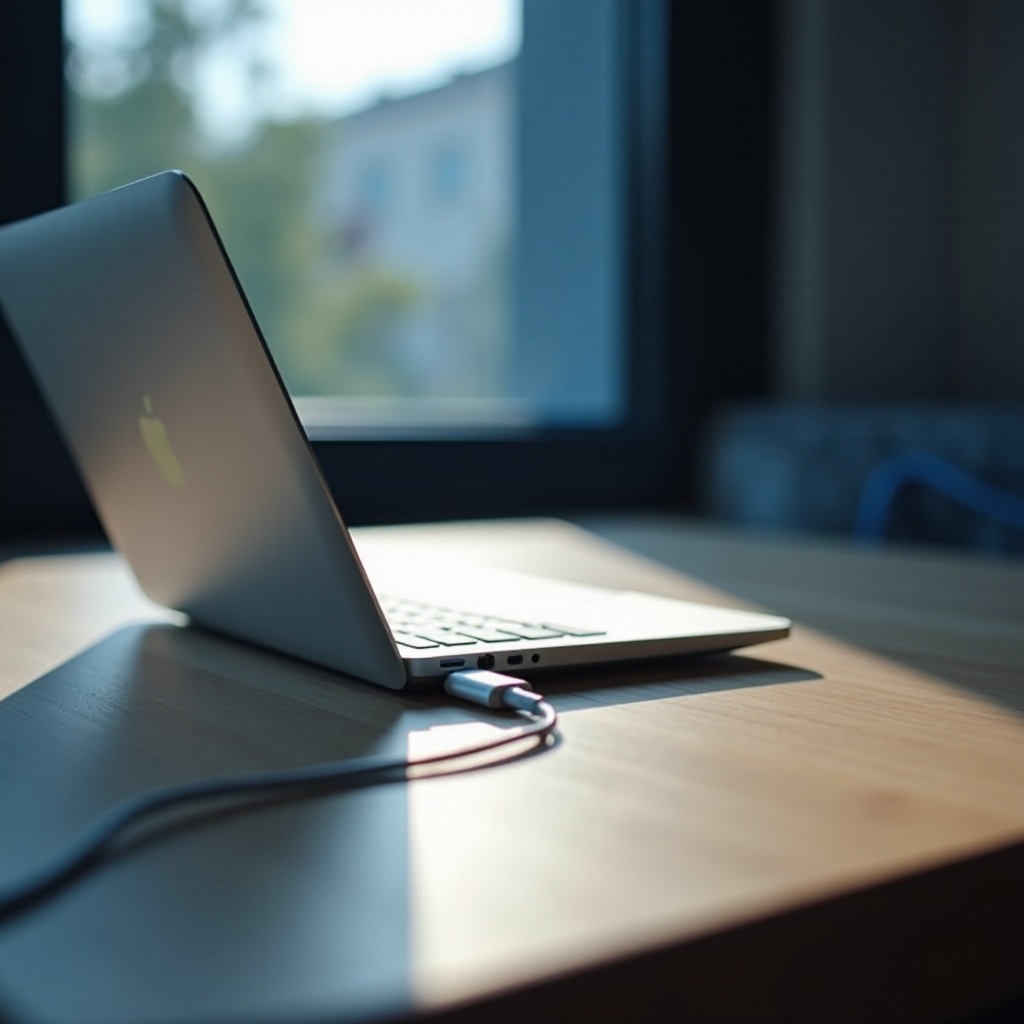
Conclusion
Facing a MacBook Air that won’t charge via USB-C can be challenging, but equipping yourself with knowledge about the issue and following systematic troubleshooting steps can resolve most challenges. For issues that remain unsolved or recur frequently, seeking professional assistance is the best course of action. Additionally, regular maintenance and preventive measures can significantly reduce the likelihood of future charging problems, ensuring that your MacBook Air continues to serve your needs effectively.
Frequently Asked Questions
Can a faulty USB-C port be repaired?
Yes, a faulty USB-C port can often be repaired. If the damage is physical or due to wear, certified professionals can replace or fix the port.
Does resetting the SMC affect my data?
No, resetting the SMC will not affect any data on your MacBook Air. It only resets the system settings related to hardware management.
How often should I update my MacBook Air’s system?
Regular updates are recommended, ideally as soon as Apple releases them, to ensure optimal performance and security.

